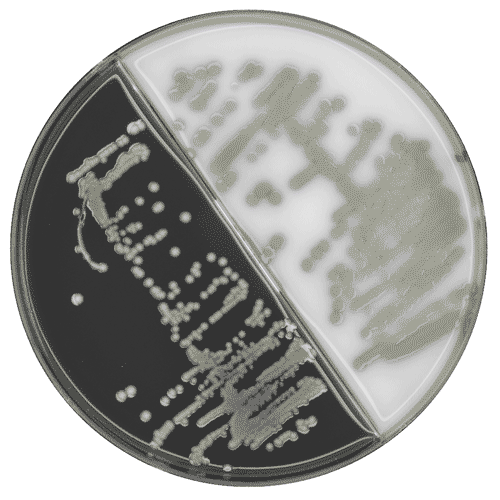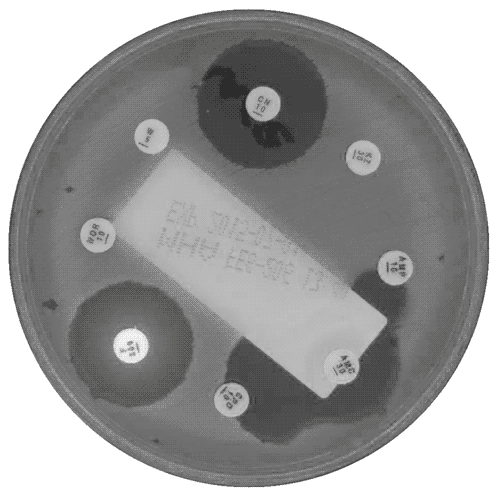Imaging Analysis
The LBT AI platform is an extensible system which can support a range of different machine learning approaches. The platform includes a custom-designed, high‑speed classification system whose utility has been shown in a range of image processing applications.
Many image processing applications require small areas of interest to be found within large images. In the case of cultures plates, most images will be predominantly agar, or in histopathology, the bulk of each slide will show healthy, normal tissue.
The system therefore takes a two stage approach – the first stage is designed to rapidly discard areas of no interest while the second stage is designed to perform a detailed analysis of the areas that remain. This allows the system to be both fast and accurate – a trade off which is typically difficult to achieve. To date, no other classification approach has been able to match this system.

At LBT our AI technology is clinically proven to go beyond being purely assistive.

Artificial Intelligence
LBT’s APAS technology is based on an image processing platform with artificial intelligence at its heart. Artificial intelligence (AI) is a commonly used phrase, which has very different meanings in different contexts.
APAS is designed to assist microbiologists process their workflow more rapidly, efficiently and consistently. The core technical which underpins APAS has three key components – image capture, image processing and decision making. These components form a platform capability which can be applied to other problems.
APAS has been applied to the screening of clinical culture plates. Another common use case in pathology laboratories is the interpretation of antimicrobial susceptibility testing plates, or AST plates. These plates have a very similar workflow to cultures plates, from a processing perspective, but require the zone-sizes to be measured. LBT have developed a proof-of-concept module to perform zone-size measurement, along with the identification of antimicrobial interactions and interferences between zones.